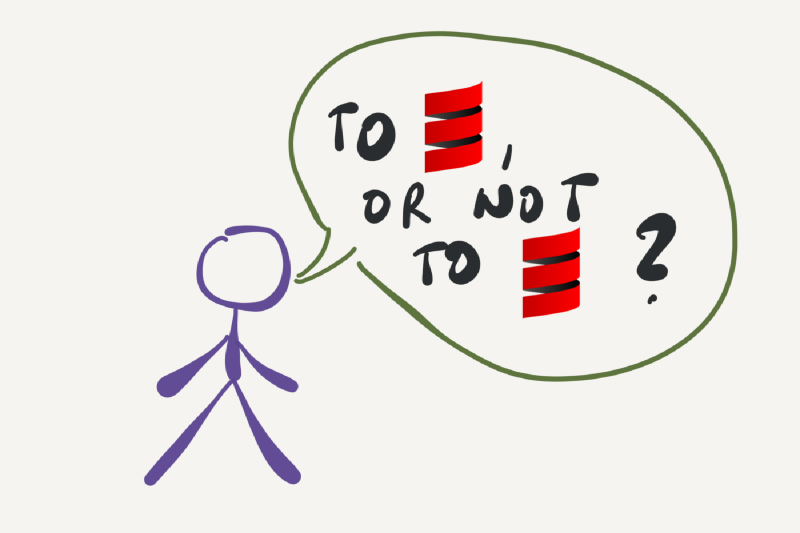Background
A Spark DataFrame has a better advantage over a Pandas DataFrame when it comes to the ability to scale and process it. I’m writing more on this in another blog post which will arrive shortly after this one.
Functionally, both Spark and Pandas have an almost same set of functionalities, and their APIs are not so different either. There’s one function which is used extensively in the data science community with Pandas - shape(). This function returns you the return the row and column count coupled inside a Tuple. Sadly, this functionality isn’t available with Spark DataFrame (and won’t come either).
Implicit classes in Scala
Fortunately, we have Implicit classes in Scala for our rescue. Implicit classes enable us to add some new functionality on top of an existing class’ functionalities. To know more about Implicit Classes, you can read this article for diving deep.
First, we need to define a new implicit class with the method we want to add. In this case, I want to add the shape() function on top of the Spark DataFrame class.
| |
Then all you need to do is print the shape of the DataFrame:
| |
This solved a major pain point for me without having to extend an existing class.
Best Practice
While writing these codes inside the Scala REPL (Scala/Spark Shell on Terminal) might seem a little easier to implement, openly exposing your code for everyone to use isn’t a great idea.
Instead, you could implement the implicit class in a package object like this:
| |
Then you’ll need to add the proper import statement in your class, after which you can use the shape method with any DataFrame:
| |
CONCLUSION
With this approach of using implicit classes in Scala, we no longer have to extend any existing class just to add additional functionality to it. You define the behavior you want, and then add that behavior to existing class instances after adding the proper import statements.
Inspired heavily from Alvin Alexander’s article
